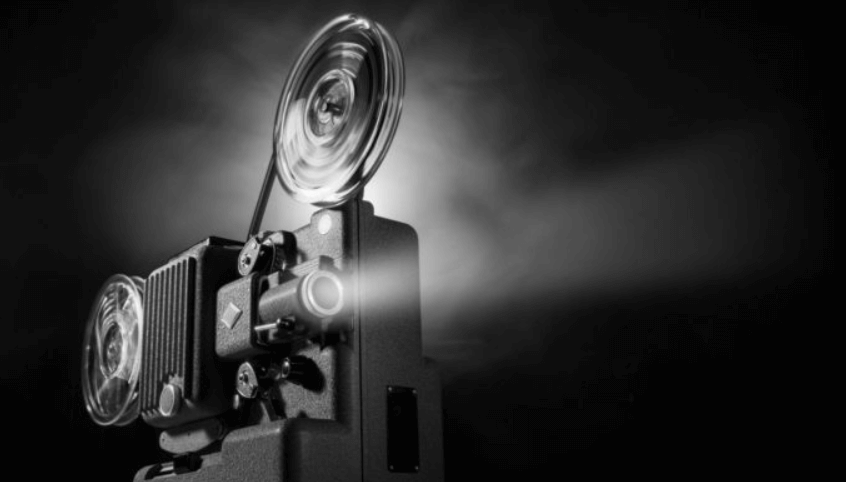From Hollywood to Indie: The Evolution of Movie Making
The trajectory of filmmaking from the opulent studios of Hollywood to the more intimate realm of independent cinema marks a profound transformation in the industry. This evolution not only highlights a shift in the mechanics of production but also reflects changing audience expectations and a desire for diverse narratives. As independent filmmakers increasingly challenge traditional norms, the role of technology in this landscape cannot be understated. What implications do these developments hold for the future of storytelling and viewer engagement? The answers may redefine our understanding of cinema itself.
The Golden Age of Hollywood
How did the Golden Age of Hollywood, spanning from the late 1920s to the early 1960s, shape the cinematic landscape through its innovative storytelling, iconic stars, and the establishment of enduring film genres?
The studio system fostered collaboration among iconic directors and leveraged star power, producing classic films that defined cinematic art.
This era established templates for narrative and genre that continue to influence filmmaking today.
See also: The Golden Age of Streaming: What’s Next for TV and Film?
Rise of Independent Cinema
Emerging in the late 20th century, independent cinema challenged the dominance of Hollywood studios by prioritizing artistic expression, diverse narratives, and innovative filmmaking techniques.
The rise of indie distribution networks empowered filmmakers to reach audiences directly, bypassing traditional gatekeepers.
Festival circuits became vital platforms for showcasing these unique stories, fostering creativity and providing a counter-narrative to mainstream cinema’s commercial constraints, thus redefining the cinematic landscape.
Technological Advances in Filmmaking
The rise of independent cinema has been significantly influenced by technological advances in filmmaking, which have democratized the production process and enabled a broader range of voices to be heard in the industry.
Digital cinematography has lowered barriers to entry, while virtual reality offers immersive storytelling experiences.
These innovations empower filmmakers to create authentic narratives, fostering artistic freedom and expanding the cinematic landscape.
Impact on Storytelling and Audiences
Frequently, the evolution of filmmaking technology has reshaped storytelling techniques, allowing filmmakers to engage audiences in innovative ways while exploring complex narratives and diverse perspectives.
Enhanced visual effects and interactive platforms have elevated character development, fostering deeper emotional connections.
Consequently, audience engagement has transformed, as viewers actively participate in narratives, demanding authenticity and representation that resonates with their own experiences and aspirations.
Conclusion
The evolution from Hollywood’s Golden Age to independent cinema illustrates a profound transformation in filmmaking practices and audience engagement.
As of 2023, independent films constituted approximately 25% of the U.S. box office revenue, highlighting their growing influence and appeal.
This shift reflects a broader array of voices and narratives, driven by technological advancements that enhance creative possibilities.
Such developments signify a cultural movement toward authenticity and representation, reshaping the cinematic landscape and enriching the overall storytelling experience.





